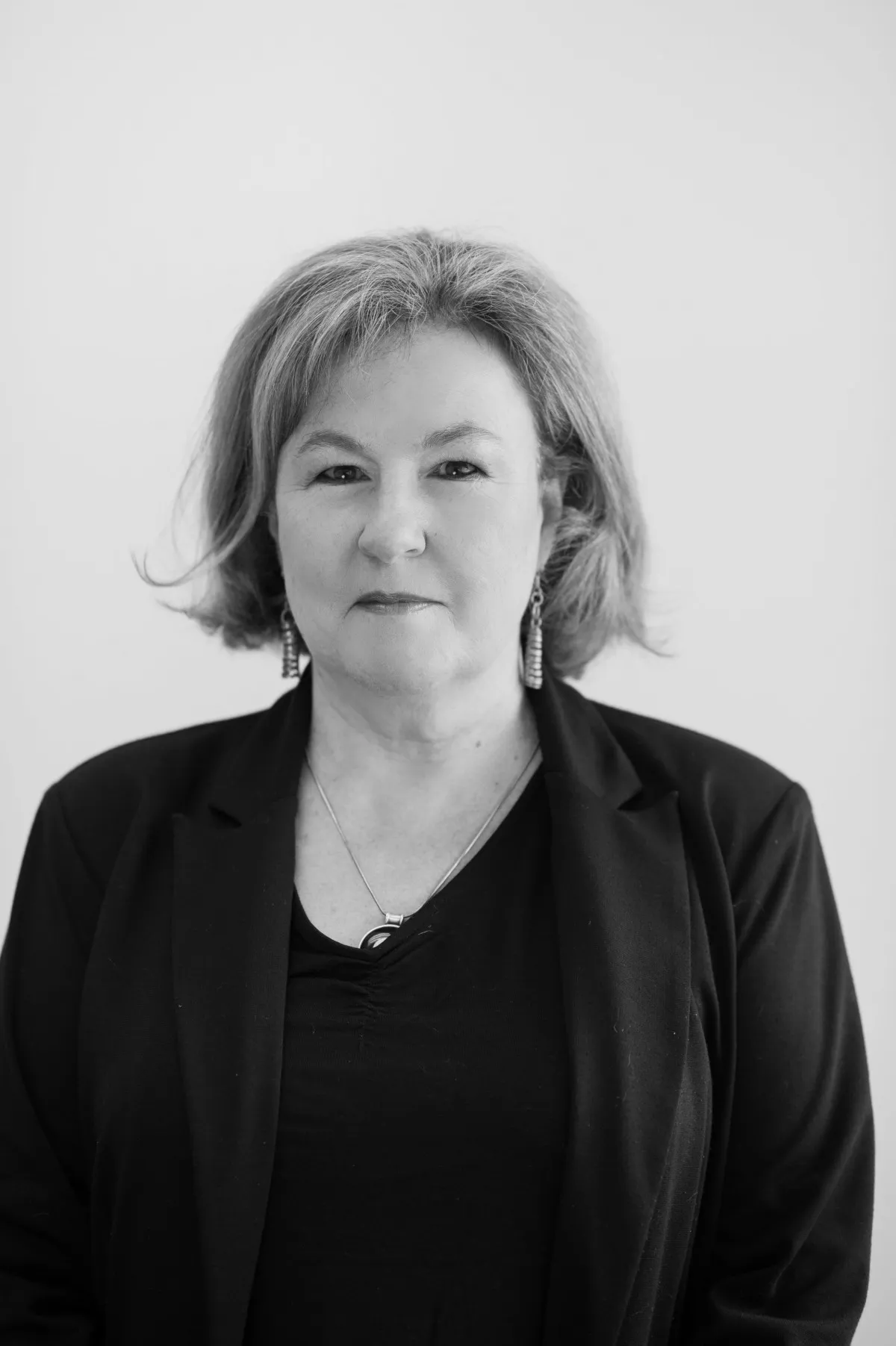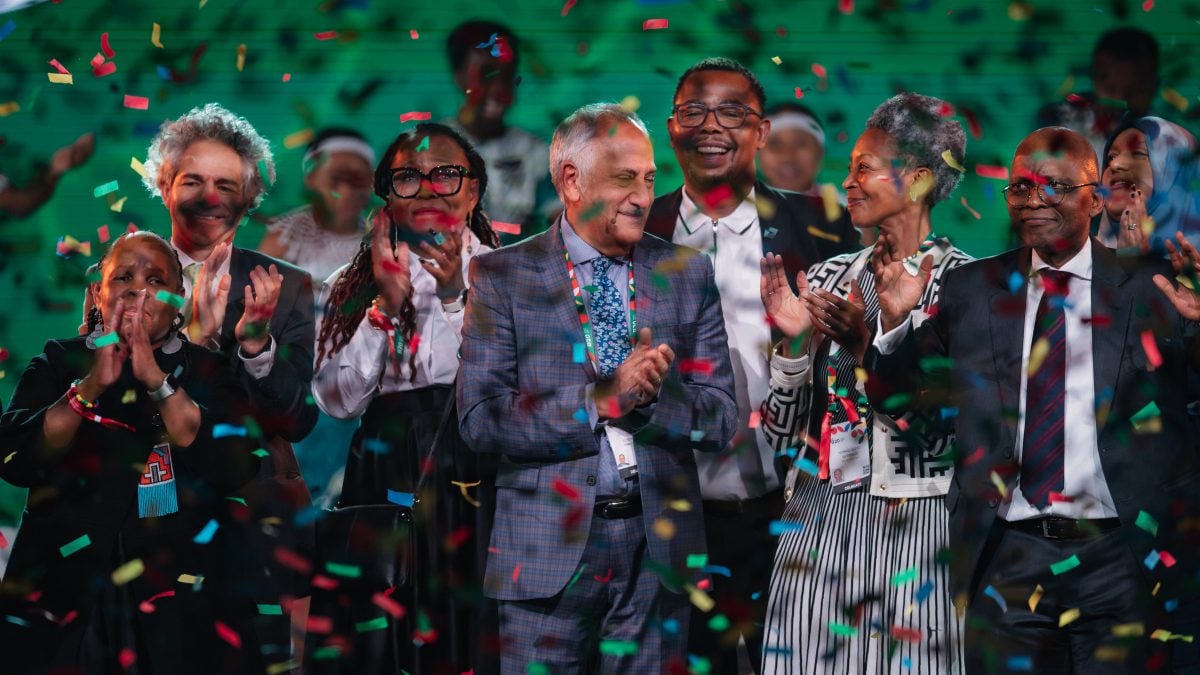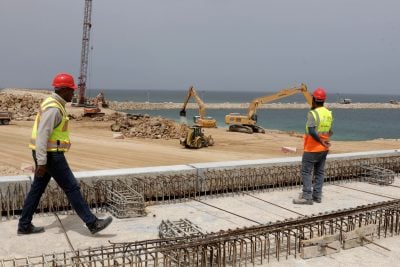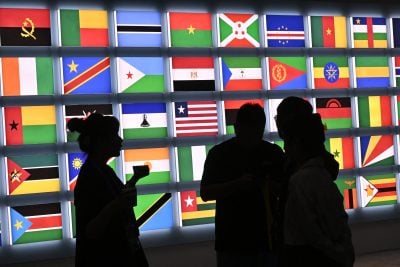South Africa’s commercial capital of Johannesburg was transformed over the past few weeks as officials worked hard to smooth its rough edges and get it in fine fettle for the glut of international visitors heading its way.
City officials repaired roads, updated signage, cleaned public spaces, and increased security to prepare for an influx of people. Although some residents complained these efforts prioritised guests over citizens, the city was ready as the business-focused B20 meeting began in Sandton, Johannesburg’s affluent commercial hub.
The business event, sponsored by some of South Africa’s biggest companies, was held in Sandton, often dubbed the richest square mile in Africa, which made everything easier. Most of the top hotels are located there, and the area offers luxury shopping, top notch restaurants and well-maintained buildings and streets.
Security was heightened, but the city’s atmosphere remained lively, with local businesses benefiting from increased patronage by foreign delegations.
While the main G20 venue at Nasrec showgrounds next to Sweto required extra attention due to its location about 20 minutes’ drive from Sandton, the summit concluded successfully, drawing praise from international visitors for both the event and Johannesburg’s hospitality.
South Africa said 42 countries and organisations had attended the G20 Leaders’ Summit, including 20 of its 21 members.
The absence of the US, and controversial president Donald Trump, was regarded by many as a contributor to the success of the event, with consensus on a raft of issues being reached quite early in the programme, but also because of the additional news coverage it generated.
Although there was no official delegation, many Americans attended both the B20 and G20, and the country has been well represented in meetings throughout the year.
In addition, 16 guest nations participated in the leaders’ summit and six countries representing regional economic blocs in Africa, the Caribbean and East Asia.
Heads of major international organisations also attended, including African Union Commission chairperson Mahamoud Ali Youssouf, President of the European Council Antonio Costa, President of the European Commission Ursula von der Leyen and UN Secretary-General Antonio Guterres.
President Cyril Ramaphosa hailed the G20 Johannesburg Leaders’ Declaration as a strong endorsement of multilateralism and dialogue. Unusually, leaders reached consensus and issued a declaration on climate and global challenges at the start of the summit, aided in part by the absence of the US.
The dust settles
In the end the G20 event was a triumph, from the colourful greetings at the various airports of heads of state and other dignitaries, to the final statement and goodbyes after the two-day meeting.
Visitors interviewed by the large contingent of international and local media offered effusive praise for not just the event itself, but for the country. Much positive feedback flowed in about the friendliness of South Africans, the city sights, levels of development not expected by many visitors and the general positive vibe of the city.
As the dust settled, estimates of what the city had made from this whirlwind week started to emerge.
Initial estimates put the event’s direct tourism revenue at about $70m, with a total economic boost of $180m anticipated from associated spending. The surge benefited sectors like hotels, retail, and hospitality, with a notable rise in five-star hotel occupancy.
Tourism Minister Patricia de Lille noted that the G20 meetings provided significant branding for South Africa, boosting its global profile and future tourism prospects.
South Africa’s reputation as a conference destination was underscored by its smooth hosting of the G20 and B20 summits, building on experience from other large events such as BRICS summits and the Mining Indaba. In 2023, South Africa’s MICE industry generated approximately $6.6bn and is expected to grow further.
Despite concerns about costs—especially in light of national debt and poverty—the summit’s projected $40m budget was partly offset by private sector support.
Supporters view the expenditure as a strategic investment in diplomacy and global visibility, while critics see it as costly “political theatre” that could have been better spent on social programmes.
Time will tell whether the tangible benefits for the spend have any traction but for now, the country can celebrate the win.

 Sign in with Google
Sign in with Google 



